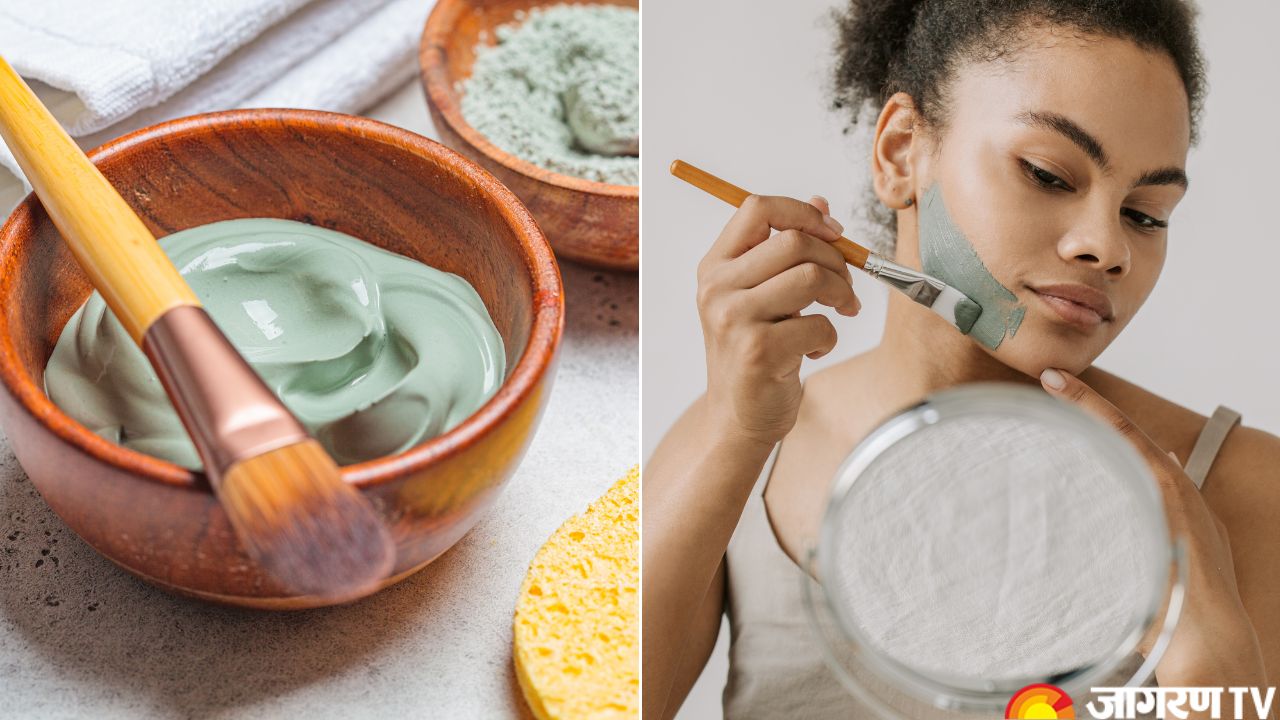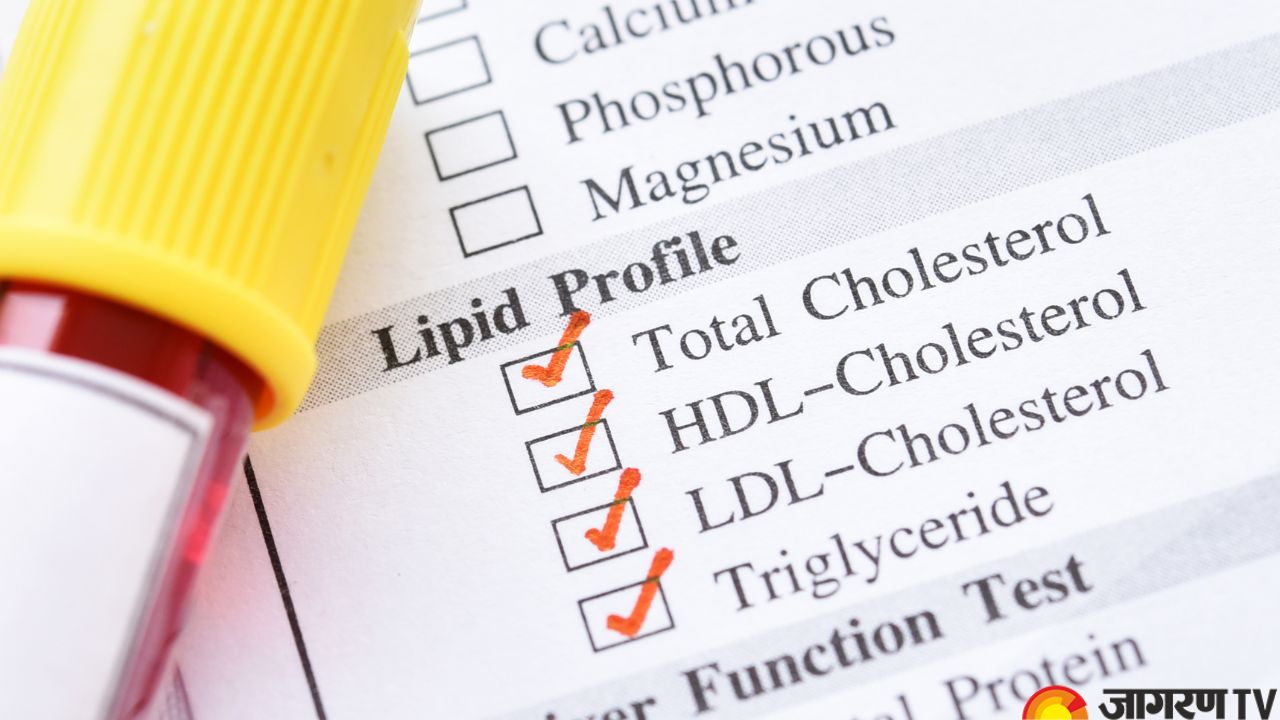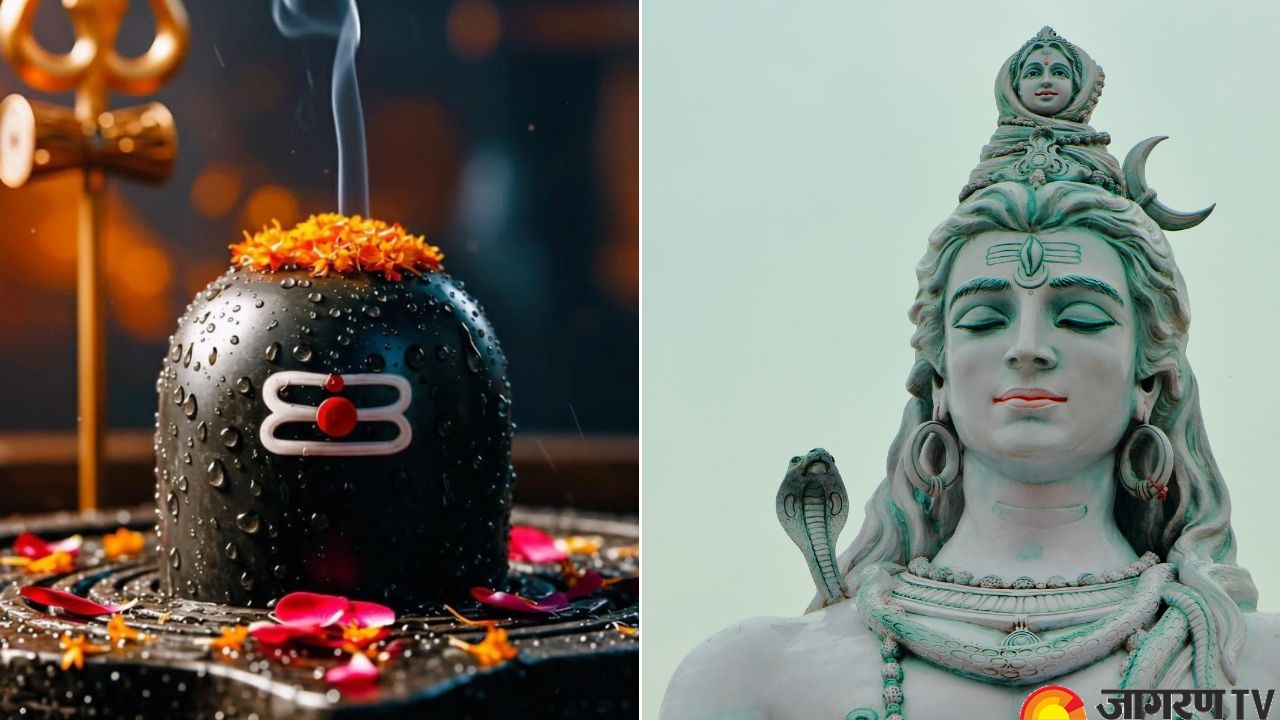Skincare Tips: Everything You Need to Know About Clay Masks, Types, Benefits, Side Effects, and More

Skincare Tips: Clay masks have been a timeless beauty secret utilised for ages by civilisations ranging from ancient Egypt to Indian Ayurveda and Native American customs. Clay masks are making a big comeback in modern skincare routines. Clay masks are a natural and effective way to treat oily skin, clogged pores, or just detoxify your skin.
Clay masks have recently been a popular addition to both professional and home skincare regimens. Their surge in popularity is closely related to the global trend towards natural and organic skincare. People are becoming more mindful of what they put on their skin, and clay, which is mineral-rich and chemical-free, has grown in popularity. Clay masks are a go-to solution for smoother, healthier skin, as both social media influencers and specialists rave about their effectiveness.
Let’s delve into the benefits and risks of using clay masks.
Types of Clay Masks
The benefit of a clay mask is primarily dependent on the type of clay used, as each has distinct qualities.
Bentonite Clay
Bentonite is a highly absorbent clay that is ideal for oily and acne-prone skin. It contains a high negative charge, which helps to remove toxins and pollutants from the skin.
Kaolin Clay (White Clay)
Kaolin, the mildest of all clays, is ideal for sensitive and dry skin. It softly cleanses without depleting natural oils and is frequently used in masks meant for a gentler touch.
French Green Clay (Illite Clay)
French green clay is mineral-rich, highly absorbent, and has detoxifying effects. It’s perfect for oily, combination, and blemish-prone skin, as it helps to balance oil production and tighten pores.
Rhassoul Clay (Moroccan Lava Clay)
Rhassoul clay comes from Morocco’s Atlas Mountains and is regarded for its rich mineral content (magnesium, silica, potassium, and calcium). It’s great for enhancing skin texture, elasticity, and clarity and is good for all skin types, even sensitive skin.
Fuller’s Earth Clay
Fuller’s Earth, a very absorbent clay, is traditionally used for oil absorption and bleaching. It works particularly well on oily skin and can help diminish the appearance of dark spots and hyperpigmentation.
Rose Clay (Pink Clay)
Rose clay, a combination of red and white kaolin clays, is both delicate and moisturising. It is ideal for sensitive, dry, and aged skin, providing gentle exfoliating and brightening benefits.
Clay Mask Benefits
The benefits of using clay masks into your skincare routine are extensive and address a variety of issues.
Deep Cleansing and Detoxification
Clay’s absorbent characteristics help it to remove impurities, excess oil, grime, and toxins from deep inside the pores, resulting in a brighter complexion.
Oil Control
Clay masks are game changers for people with oily or mixed skin types. They effectively absorb excess sebum, which reduces shine and prevents breakouts.
Minimizing Pores
Clay masks, which remove impurities and tighten the skin, can make pores appear smaller and less visible.
Exfoliation
As the mask dries, it gently exfoliates dead skin cells, revealing smoother, brighter skin beneath.
Acne Treatment and Prevention
Clay’s cleansing property helps to unclog pores and reduce inflammation, making it effective for treating acne and preventing future breakouts.
Improved Skin Tone and Texture
Regular application can result in a more even complexion, improved texture, and a healthy shine.
Soothing and Calming
Some clays, such as kaolin and rose clay, offer soothing characteristics that can assist to relieve irritated or sensitive skin.
Enhanced Product Absorption
Clay masks, by removing impurities from the skin's surface, can increase serum and moisturiser absorption.
Side Effects of Clay Masks
While clay masks are typically harmless and useful, they can have certain adverse effects, especially if applied incorrectly or if you have exceptionally sensitive skin.
Dryness and Tightness
Overuse, or applying a very absorbent clay to already dry skin, can result in extreme dryness, tightness, and pain.
Redness and Irritation
Some people, particularly those with sensitive skin, may experience temporary redness or moderate irritation after using a clay mask, especially if the mask is left on for too long.
Purging
In rare situations, particularly when using highly detoxifying clays, the skin may “purge,” resulting in additional breakouts as impurities are drawn to the surface. This is generally only temporary.
Allergic Reactions
Though very rare, an allergic reaction to a specific chemical in a pre-made clay mask is possible. Always patch-test new goods.
Exacerbation of Dry Skin
If you have very dry skin, using powerful clay masks on a regular basis might strip away essential oils and increase the dryness. Choose gentler clays, or use them sparingly.
Related Videos
-
20 Jul, 2025
-
20 Jul, 2025
Behind The Glam: Samantha Ruth Prabhu’s Inspirational Journey of Battling Myositis ...
-
19 Jul, 2025
-
13 Jul, 2025
Shravan 2025: Importance and Significance of Sawan Somwar Fasting, Spiritual Beliefs, and More ...
यह भी पढ़ें
-
09 Apr, 2023
IPL 2023 : आज हैदराबाद और पंजाब में कौन मारेगा बाजी, ऐसी हो सकती है दोनों टीम की प्लेइंग इलेवन
-
09 Apr, 2023
कोरियन दूल्हे ने इंडियन स्टाइल में की शादी, घोड़ी भी चढ़ा और भांगड़ा भी किया, वीडियो हुआ वायरल
-
09 Apr, 2023
-
09 Apr, 2023
आकांक्षा दुबे मामले में आरोपी समर सिंह को भीड़ ने दौड़ाया, 14 दिन की न्यायिक हिरासत








